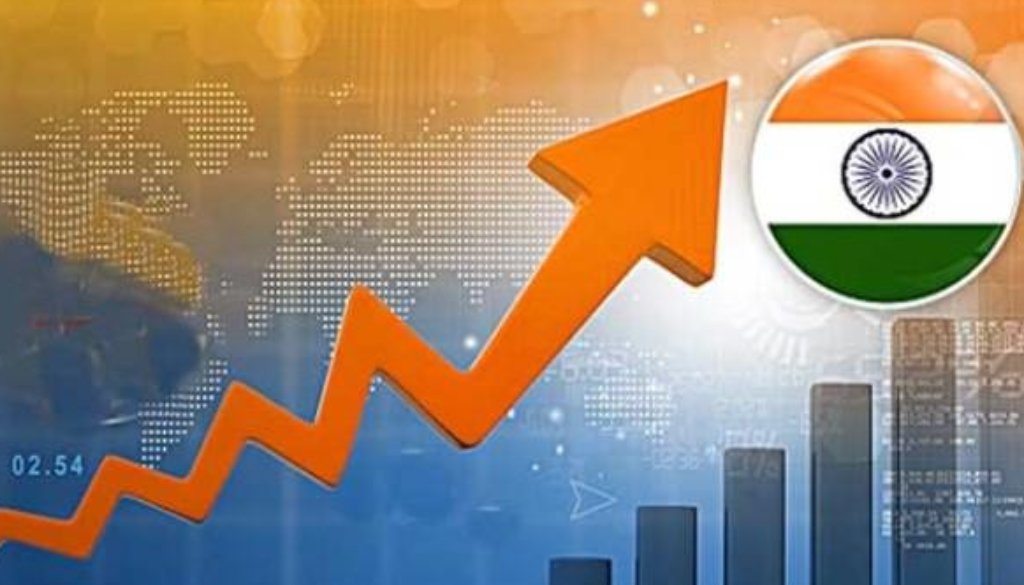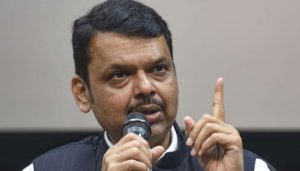India To Become 3rd Largest Economy By 2028

Mumbai, 15th March 2025: India is on track to become the world’s third-largest economy by 2028, a shift that’s bound to reshape the global landscape. With a booming consumer market and a growing share in global production, India’s economic power is rising fast. From a $3.5 trillion economy in 2023, it’s expected to hit $4.7 trillion by 2026, moving up to become the fourth-largest economy, after the US, China, and Germany. But by 2028, India will surpass Germany, reaching
an impressive $5.7 trillion. This growth will not only change the course of the country’s economy but also offer huge opportunities for businesses and investors around the world.
India’s economic growth has been nothing short of impressive. Back in 1990, it was the 12th largest economy in the world, then moved to 13th place in 2000, climbed to 9th in 2020, and is now the fifth-largest economy in 2023. According to Morgan Stanley, India’s share of global GDP is expected to increase from 3.5% to 4.5% by 2029, reflecting its growing influence. The firm has also laid out three possible growth scenarios for India. In the event of a recession, the economy could grow from $3.65 trillion in 2025 to $6.6 trillion by 2035. If the current growth trend continues, India’s economy could reach $8.8 trillion, but if things take a positive turn, it could surge to $10.3 trillion.
As for GDP per capita, under the recession scenario, it’s projected to rise from $2,514 in 2025 to $4,247 in 2035, while the current trend could push it to $5,683, and in a best-case scenario, it could reach $6,706. The future looks bright for India, with its economy poised to play an even more dominant role on the world stage.
India is set to increase its share of global output in the coming decades, driven by strong demographic and institutional factors. The country’s large and youthful population offers a dynamic workforce that can fuel economic growth. A stable democracy ensures long-term policy continuity, while government reforms aimed at addressing macroeconomic stagnation will strengthen the overall business environment.
Improved infrastructure is another key factor, enhancing connectivity and lowering business costs, which benefits both local and global enterprises. A growing entrepreneurial class is driving innovation across various sectors, while advancements in social infrastructure, including education and healthcare, are helping to build a more productive and skilled workforce. These factors collectively position India to play a larger role in the global economy.








